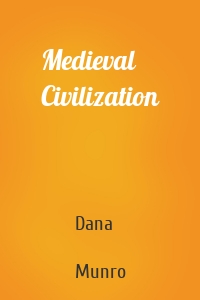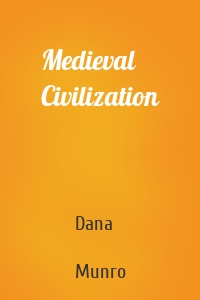Документальная литература
24438 кн.
Масонские биографии
В книге собраны очерки из истории масонства XIX – XX вв., опубликованные в трудах лондонской исследовательской ложи «Quatuor Coronati».
| Автор | Коллектив авторов |
Размышления о личном развитии
Эта книга – сборник размышлений Ицхака Адизеса. Именно размышлений, как подчеркивает автор, а не научных изысканий. И его главная цель – дать читателям пищу для ума, вступить в мысленную дискуссию с ними. Ему уже удалось сделать это с тысячами посетителей его популярного блога, на котором размещались статьи, вошедшие в эту книгу. На сложные и важные жизненные вопросы Ицхак Адизес дает мудрые ответы простым языком. Адизес делится тем, что его тревожит, и обсуждает с читателем выводы, к которым...
| Автор | Ицхак Адизес |
| Жанр | Публицистика, Документальная литература |
| Год | 2015 |
Битва за Берлин. Полная хроника – 2...
В конце войны западные союзники мечтали захватить Берлин раньше советских войск. Город стал их первостепенной целью, однако Советской армии удалось то, чего не смогли добиться союзники. Берлин был взят! О полных мужества и героизма днях последней битвы с фашизмом и людях, добывших Победу, новая книга уникального проекта Андрея Сульдина.
| Автор | Андрей Сульдин |
| Жанр | История, Документальная литература, Военное дело |
| Год | 2014 |

























